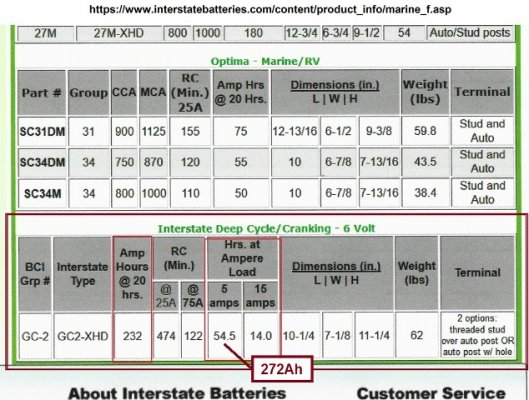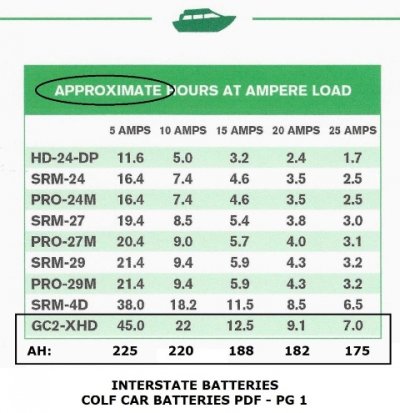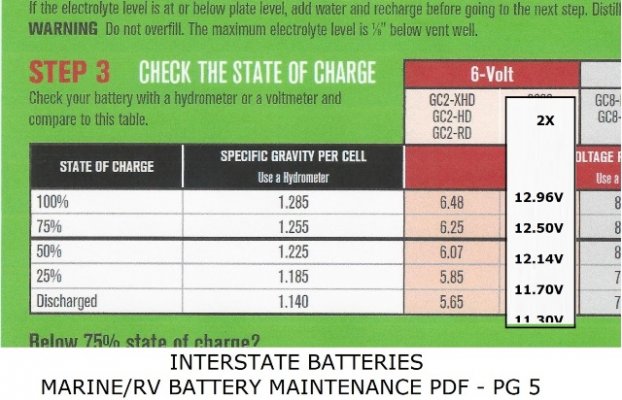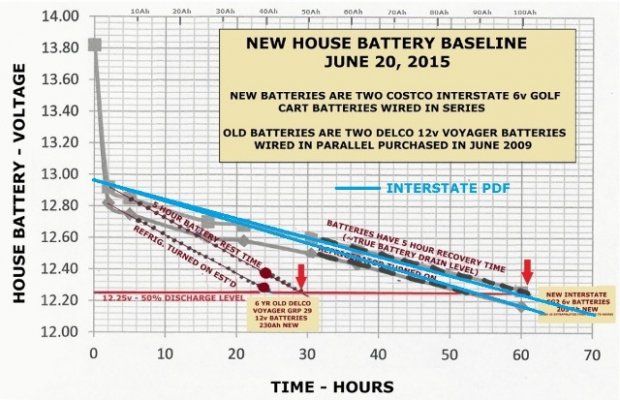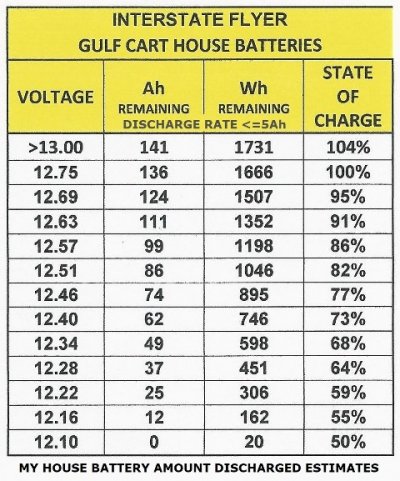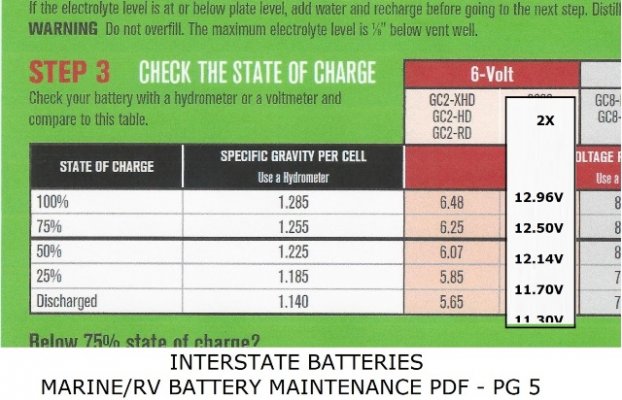Len and Jo
Well-known member
- Joined
- Apr 25, 2005
- Posts
- 1,442
I mentioned my 1000w inverter built in low voltage alarm 'bleeping" when my house batteries got down to ~12.5 volt lever. Gary Brink had some insight on this (post in Boondocking). So........not letting not knowing anything about electronics stop me I went back to see if I could reduce the start current that causes the few millisecond noise coming from my inverter every time the refrigerater starts. My refrig is an inexpensive 3.2 cf Igloo that I modified (reduced its power consumption) for boondocking. Not a lot of $$$ risk in screwing around. After some confusing and conflicting recommendations and advice on the internet I took the risk and installed a Supco 3'N 1 Start RCO810 solid state start capacitor. My cheapo refrigerator did not come with a start capacitor. So my refrigerator upgrade pushed its cost from $100 to $115.
Refrigerator as received: 8.42 amps start, 0.62 amps run. Measured with a clamp on amp meter.
Refrigerator after adding the RCO810: 5.32 amps start, 0.62 amps run. Again measured with same clamp on amp meter.
We will be boondocking soon for a few days and hopefully see the improvement in inverter performance when running off of the house batteries and able to go longer before having to recharge the house batteries.
Any comments or insights??
Refrigerator as received: 8.42 amps start, 0.62 amps run. Measured with a clamp on amp meter.
Refrigerator after adding the RCO810: 5.32 amps start, 0.62 amps run. Again measured with same clamp on amp meter.
We will be boondocking soon for a few days and hopefully see the improvement in inverter performance when running off of the house batteries and able to go longer before having to recharge the house batteries.
Any comments or insights??

